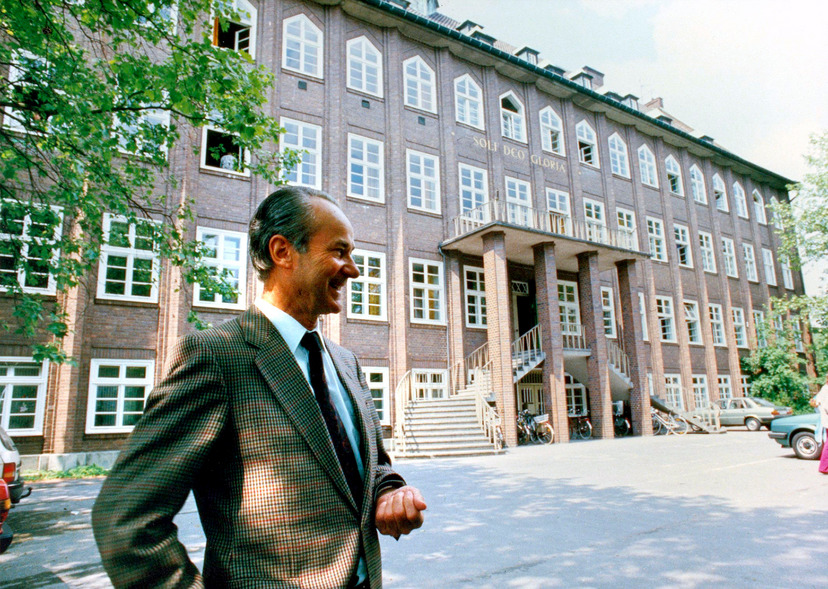Media in Schools: A project at the Evangelisch Stiftisches Gymnasium in Gütersloh
Content
The cooperative alliance gradually equips the school with media to improve classroom instruction and learning. The initial intent is to gain practical experience in the still much-discussed field of media education, with the goal of exploring the opportunities and limits of working with audiovisual media in schools. Pedagogical leadership and responsibility for designing and implementing the project lie with the school authorities and faculty. The concept is developed at the school – with participation by parents and students as well as the teachers – and then written up by mutual agreement as a contract that is endorsed by the North Rhine-Westphalia Ministry of Education. The project is planned in three phases, starting with the setup of work stations. The goal is to explore using individual media, raise awareness of their educational use, and practice organizational procedures within a limited scope. Then the existing building is renovated to suit the purposes of the project. Here, the goal is to provide a wide variety of media in all disciplines and gain broad experience in the course of daily teaching and learning. The last step is to build a new school building equipped with a school library and audiovisual work stations, language laboratories, a multimedia room and an information technology department.
Uveitis
Uveitis is an eye disease that can lead to blindness. The Bertelsmann Stiftung has been funding studies at the University of Kiel’s ophthalmic clinic since 1981 to improve both diagnosis of this acute or chronic inflammation of the uveal tract and therapy for patients affected by the disease. Uveitis is a problem area in ophthalmology, not only because of its high incidence but also because of the difficulty of determining its cause and identifying appropriate treatment. Chronic uveitis can occur at any age, but certain age groups are more vulnerable to certain types. In 1981, in a small group study to test the curative efficacy of spending time in a warm, sunny climate, four children with uveitis and their caregivers spent three weeks in Israel at the Dead Sea. Their disease activity was recorded. After a subsequent one-year observation phase, this was compared with their disease activity before the climatotherapy. To support and facilitate the diagnosis and treatment of uveitis, but also to document the retinal findings, a special camera was purchased. The camera makes it possible to study inflammation at the front and back of the uveal tract. Support from the foundation also underwrote a comprehensive analysis of the literature regarding uveitis, with a special focus on corticosteroids, climatic therapy and pediatric uveitis.



